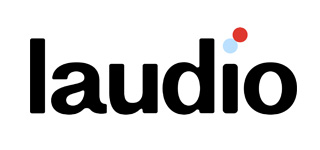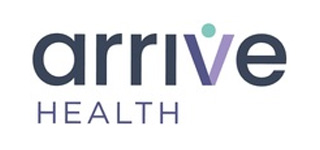Results To Be Presented at the 2021 Annual Meeting of the American Glaucoma Society
IRVINE, Calif., March 4, 2021 — Ivantis Inc., developer of the novel Hydrus® Microstent, a minimally invasive glaucoma surgery (MIGS) device designed to lower eye pressure for open-angle glaucoma patients, announced today the first-ever release of five-year follow-up data from its HORIZON pivotal trial. This significant milestone represents the longest continuous follow-up of a MIGS device pivotal trial and comes on the heels of the Hydrus Microstent receiving the highest combined grades for Level of Evidence, Quality of Supporting Body of Evidence and Recommendation for Care of any MIGS device reviewed by the American Academy of Ophthalmology in its 2020 Preferred Practice Pattern® treatment guidelines (PPP)1.
The five-year HORIZON data demonstrated the Hydrus Microstent’s clinically meaningful and statistically significant clinical benefits over the full five years, including sustained reduction in the need for invasive secondary glaucoma surgery and medication use, all of which were observed without any increased safety risk. The data are being presented at the 2021 American Glaucoma Society (AGS) virtual meeting on Sunday, March 7 during the “Surgery Day Section 2: Paper Presentations” session taking place between 10-10:30 a.m. by Dr. Iqbal “Ike” Ahmed, who serves as the Research Director at the Kensington Eye Institute and Director of the Glaucoma and Advanced Anterior Segment Surgery (GAASS) Fellowship Program at the University of Toronto.
“As a clinician, I appreciate the effort made by Ivantis in following these HORIZON trial patients continuously out to five years,” Ahmed said. “Safe, long-term durable outcomes are what we are looking for in any treatment. One of the most important and noteworthy findings of this study is that, of the patients who went on to receive subsequent invasive surgery in the cataract-surgery-only arm, the majority were those who had what we would consider mild glaucoma at baseline. The lesson here is that it would be naïve for us to think that we can predict which patients will progress quickly. So I appreciate having evidence to show the value of a device like the Hydrus Microstent to use early on with my patients to effectively lower intraocular pressure, minimize the need to go on to further more invasive surgery, and prevent blindness.”
More Evidence for Hydrus Microstent Than for Any Other MIGS Device
The duration of follow-up on the Hydrus Microstent, combined with the quantity of top-tier published evidence, sets the Hydrus Microstent apart from other MIGS devices. There are currently five publications about the Hydrus Microstent in the preeminent journal Ophthalmology, already more than all other MIGS devices combined.
Key Five-Year HORIZON Findings
The HORIZON study included 556 patients with mild to moderate glaucoma treated in 38 centers in nine countries in North America, Europe and Asia. It was designed to demonstrate the safety and efficacy of the Hydrus Microstent for lowering intraocular pressure (IOP) in glaucoma patients undergoing planned cataract surgery. Patients were randomized 2:1 to receive cataract surgery plus the Hydrus Microstent or cataract surgery alone, respectively. The two-year results of the trial provided the foundation for U.S. Food and Drug Administration (FDA) approval of the Hydrus Microstent in August 2018. The five-year update demonstrates the long-term safety and durability of the benefits that were observed earlier:
- 73% of “mild” Hydrus Microstent patients (those on one glaucoma medication at baseline) remained medication-free at five years, compared with 48% in the cataract-surgery-alone arm. This represents the highest margin total of medication eliminations compared to a control group reported for any MIGS pivotal trial. There was a 20% to 30% improvement in the medication-free rate in the Hydrus group versus controls at all time points.
- A 2.5% rate of subsequent invasive glaucoma surgery with the Hydrus Microstent, compared with 6.4% for cataract surgery alone. This equals a 2.8x, or over 60%, reduction in the likelihood for requiring subsequent invasive glaucoma surgery and is a clinically meaningful and statistically significant difference.
- The overall safety profile is similar for both groups. This includes continued stability of endothelial cell counts as well as rates of persistent inflammation (0.5% Hydrus vs. 2.1% cataract surgery alone).
“These new HORIZON data are important because patients, physicians and payors deserve to know if their MIGS devices will stand the test of time. These latest findings, coupled with the American Academy of Ophthalmology’s recent best-in-class grading of Hydrus Microstent in its 2020 Preferred Practice Pattern treatment guidelines, further validates that Ivantis is leading the way for evidence-based outcomes in the MIGS device space,” said Dave Van Meter, president and CEO of Ivantis. “We remain committed to positively impacting the lives of glaucoma patients worldwide and look forward to continuing to innovate solutions for them.”



